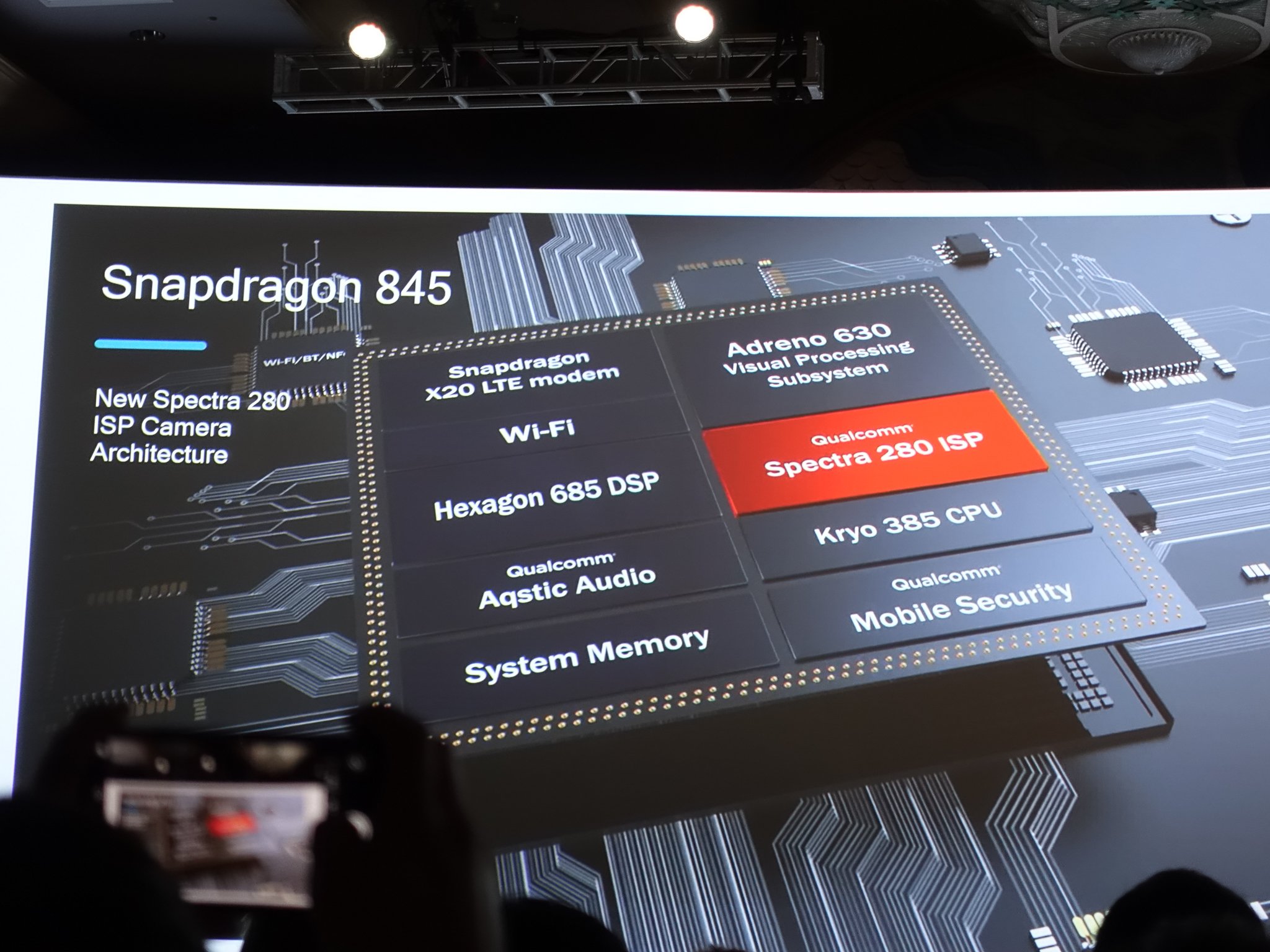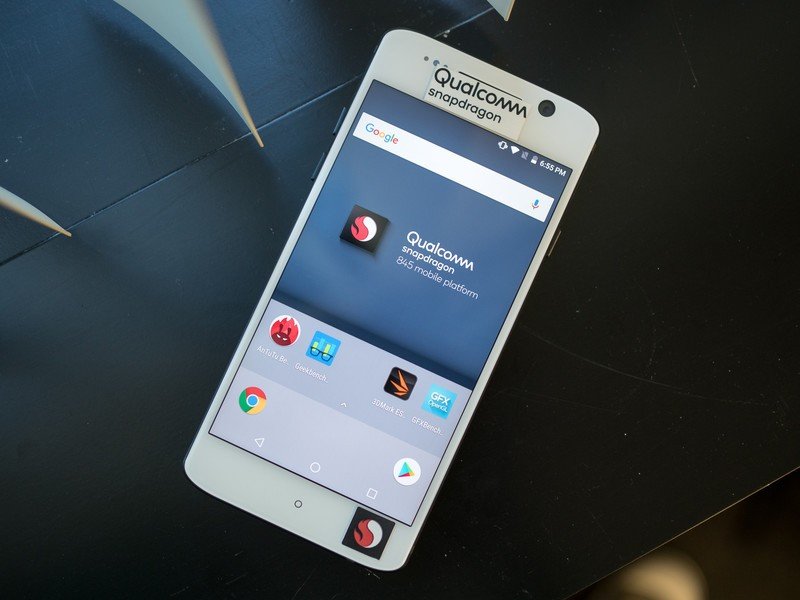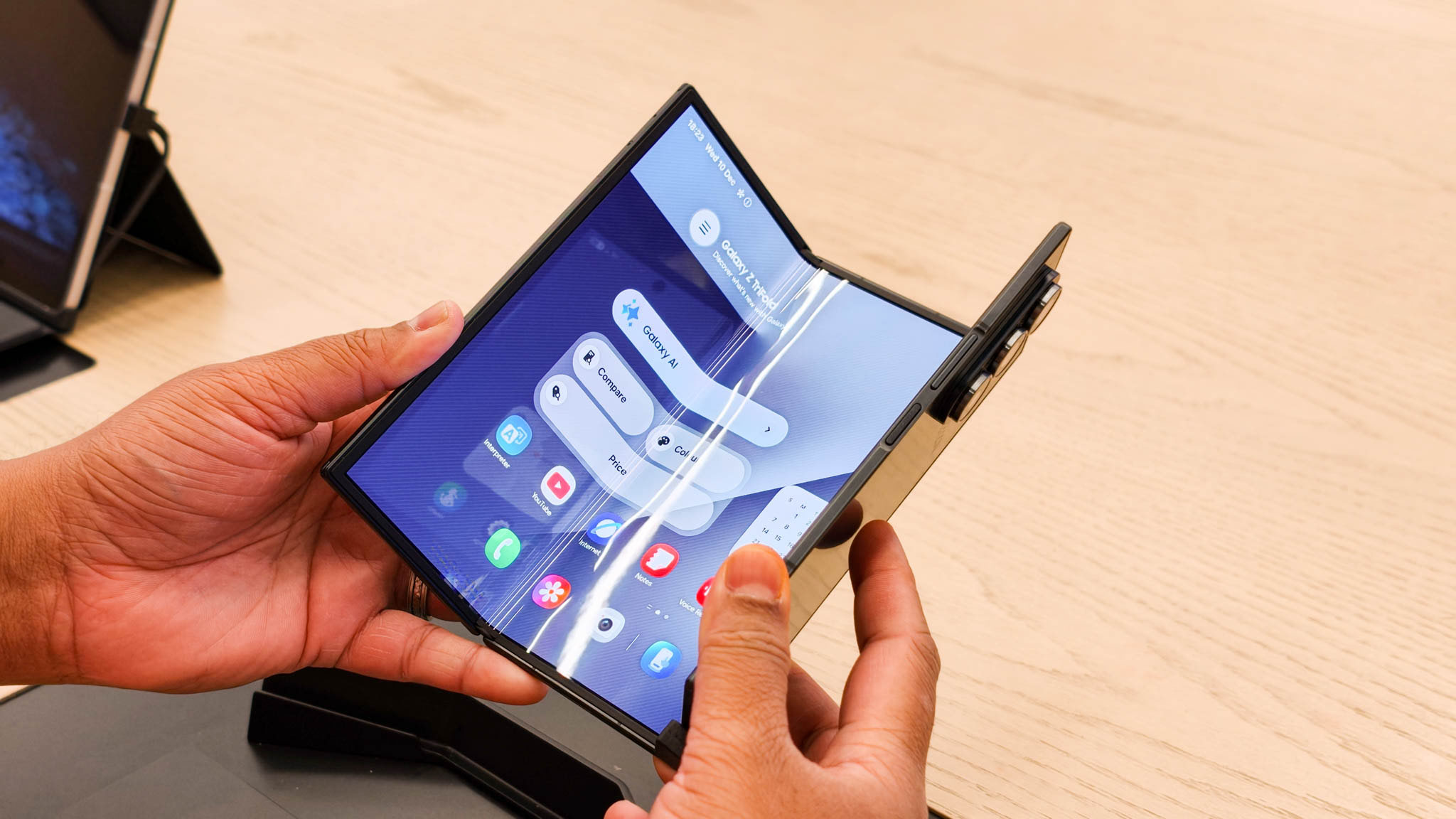Qualcomm Snapdragon 845: Everything you need to know

Qualcomm, the semiconductor giant currently embroiled in lawsuits with Apple and a potential merger with Broadcom, has announced that its newest flagship platform, the Snapdragon 845, will be coming to devices in early 2018.
Top 5 reasons to get excited about the Snapdragon 845
While the system-on-a-chip, which combines the computing, graphics, modem and other essential components of a mobile processor, will only be available in the second quarter of next year, Qualcomm is ready to talk about how it will bring mobile devices — and not just phones — into the AI age.
It's no coincidence that artificial intelligence is the cornerstone of Qualcomm's branding for its next-gen platform; with companies like Apple, Huawei, and Google dedicating more of their devices and software to components dedicated to offloading the intense computational needs of on-device machine learning. To its engineers' credit (and marketers' chagrin), Qualcomm says that it's been catering to developers' machine learning needs since 2016's Snapdragon 820 — its Hexagon digital signal processor, or DSP, has something called the Hexagon Vector Extension that processes the complex math equations used for artificial intelligence requirements. Qualcomm claims that AI performance with the new Hexagon 685 DSP is three times better than that of the Snapdragon 835, though it's unclear at the moment how that translates to real-world usage.
More colors and better colors are how Qualcomm wants people to understand the Snapdragon 845's display capabilities.
Hexagon's improvements extend beyond just AI, though: developers can connect to advancements in audio, sensors and, of course, video.
Part of the Snapdragon 845's biggest draw is something that we've seen, good and bad, from a number of manufacturers over the past year: HDR.
Specifically, the 845 supports capture in what Qualcomm calls Ultra HD Premium, which supports wider color gamuts, such as Rec. 2020 — that's more colors — and considerably more shades of existing colors, in 10-bit HDR. This is powered by the new lower-power Spectra 280 ISP, an upgrade over the one inside the Snapdragon 835. With screens getting sharper and OLED displays becoming more vivid, the Snapdragon 845 promises to make video capture and playback significantly better in 4K, something that Qualcomm has been pushing for a long time.
Get the latest news from Android Central, your trusted companion in the world of Android

The new platform also has networking improvements, with Qualcomm touting its X20 LTE modem for its 20% faster speeds — up to 1.2 Gbps peak, far beyond what current networks can achieve in the real world. (That's LTE Cat 18 download and Cat 13 upload, for those counting.) Wi-Fi is also improving, with the new 802.11ad standard on board offering multi-gigabit speeds. Plus, 2x2 802.11ac of course.
We're beyond seeing meaningful jumps in single-core speeds happening every year.
In terms of substantive performance and efficiency improvements, the Snapdragon 845 is iterative, much like the last few revisions. Expect a 10-20% bump in performance depending on the application from the new Kryo 385 CPU, along with a 30% boost in efficiency, but we're well beyond the time when meaningful jumps in single-core speeds are happening year-over-year. The Adreno 630 GPU offers an equivalent boost in performance — around 30% in performance and efficiency.
We benchmarked the Snapdragon 845 — here's why none of the numbers matter
One intelligent way Qualcomm is cutting down on power use is through a system called Tile-based Foveation, which works with the Snapdragon 845's eye-tracking system, helps the GPU render the part of the screen a user is looking at in greater detail than the area around it. This cuts down on energy usage and helps maintain frame rates in graphics-intensive games.
The Snapdragon 845 is, like the 835, a 64-bit octa-core chip built on Samsung's 10nm process. The new chip runs at 2.8GHz and uses LPDDR4x dual-channel memory at 1866MHz. But it's clear at this point that these nominal figures mean far less than the individual specialized portions of the SoC that enable specific features in devices.
So when can you get it? The chip will start shipping in the second quarter of next year so, like this year, expect the Samsung Galaxy S9 to be the first phone with the new chip.
Update, February 13: This post has been updated with the latest info on the Qualcomm Snapdragon 845!

Daniel Bader was a former Android Central Editor-in-Chief and Executive Editor for iMore and Windows Central.
